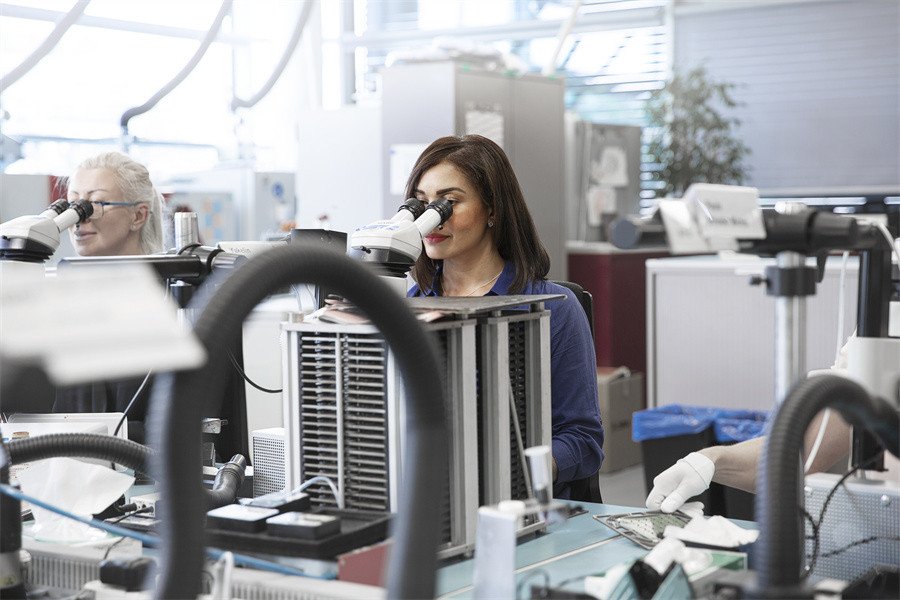Sonova to expand AI-powered hearing aids
发布时间:2024-10-11
Firm aims for more growth as penetration rate still low among Chinese users
"China is an important part not only from a manufacturing and consumer perspective, but also from an innovation perspective," said Kaldowski.
There is still room for growth, as the penetration rate of hearing aid products is still quite low among Chinese users, according to Kaldowski.
For those Chinese who require full medical devices fitted by an audiologist, only 3 percent of them get one, in contrast to the 25 to 35 percent ratio in developed markets. As to amplifiers, which are less sophisticated and cheaper, the penetration rate is another 3 percent in China, he said.
China also has an aging population. Data released by the Ministry of Civil Affairs in early September showed that there were about 297 million people aged above 60 in China in 2023, accounting for 21.1 percent of the total population, up from 19.8 percent a year earlier.
About 30 percent of this group of people face hearing loss, said Wang Shufeng, deputy director of Beijing Society of Audiology.
According to Kaldowski, adults generally start to encounter hearing loss around the age of 60, and almost everybody needs hearing aids after crossing the 80-year-old mark. While income levels have been increasing in China, the penetration rate of such aids will pick up, he said.
However, the Chinese hearing aids market has experienced some volatility over the past few months. Lack of consumer confidence at a time of economic slowdown was probably the main reason, explained Kaldowski.
Globally, Sonova reported a 3.2 percent annual sales revenue increase in local currencies for the past fiscal year and is projected to see a growth rate of between 6 and 9 percent for fiscal year 2024/25.
Against that backdrop, Sonova has managed to register strong growth in China recently. For example, Hysound performed ahead of plan during its first full year with Sonova (fiscal year 2023/24) ending on March 30, 2024. Sonova sees this achievement as a great runway to deliver double-digit growth for the next three to five years.
Meanwhile, its four major business units — hearing instruments, audiological care, consumer hearing and cochlear implants — have sought balanced growth in China, according to Kaldowski.
"There's no question that China will become one of the most important markets of the world, perhaps even the most important in size, which we will see over the next 10 to 15 years," he said.
The acquisition of Hysound's audiological care clinics will help to achieve that target as Sonova has managed to build up an offline retail network of over 200 stores in China through the deal.
Despite digitalization reshaping many aspects of consumer behavior, about 70 percent of people using hearing aids still make their purchases in audiological care clinics. And, although technically possible, only 5 percent of fittings globally are done remotely.
"A vast majority of the consumers like to have a personal relationship with the hearing care professional. They need diagnosis and fittings very often," explained Kaldowski.
Meanwhile, such consumer visits provide regular feedback on the devices and highlight usage behavior. To Sonova, such important raw data can help to further optimize the devices, he said.



